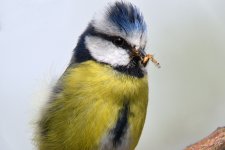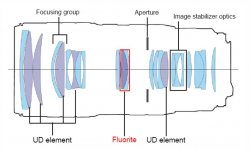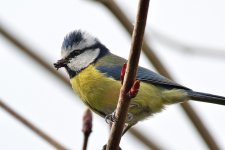I butchered two lenses tonight.
Started with Clubman 80-200. It was quite easy to dismantle, starting from rear and working forward just by using precision screwdrivers (PH 00/PH 000 and 1.2/1.8 mm flat). Out came four groups of optical elements, a bunch of tiny screws, springs and tubes. I think I figured out which is the TN. Glass looks clear. The TN is quite small in diameter and is mounted on a tube that I think is made of steel, which length fits in the longest of the extension tubes. For radial fit I needed 19 or 20 wraps of electical tape. A quick test (in poor artificial light) indicates magnification somewhere between 2.5 - 3.0
Zuiko 100-200. Same here, was easiest to dismantle starting from the rear. Two screws had jammed, and had to be drilled out, but apat from that it was easy. Four optical groups came out, what I think is the TN is mounted in a tube that fits almost perfectly inside the extension tube, just needed a few strips of office tape for perfect radial fit. So I took the metal saw and cut a tube segment that matches the shortest extension tube. Quick test indicates approx. 1.5 magnification. The rear lens group has fungus, the TN was quite dirty so I had to clean it, spectacle cleaning liquid seemed to do the trick. Hard to tell in artificial light, though.
The last lens is a Sigma 100-200. Will dismantle it later this weekend and test the lot outdoors, it's supposed to be good light.
By the way - are there any other potentially useful parts worth saving, or can I discard them?










